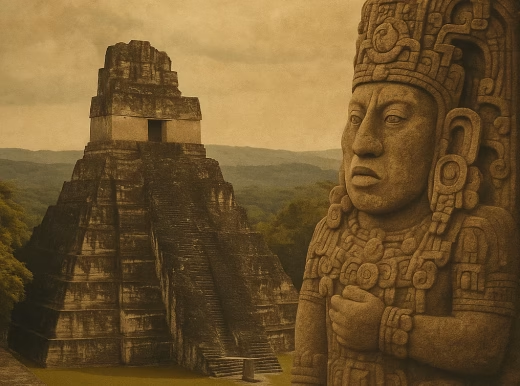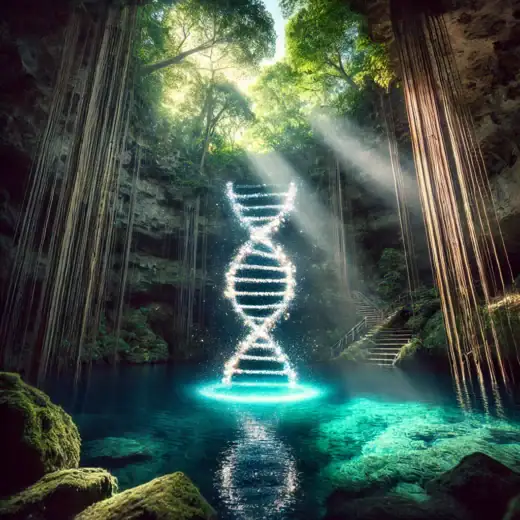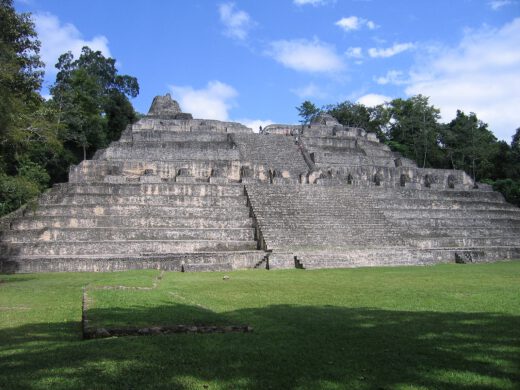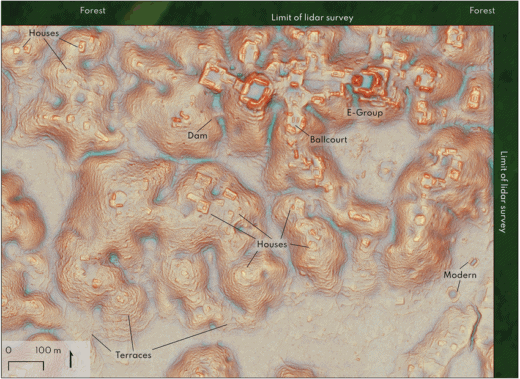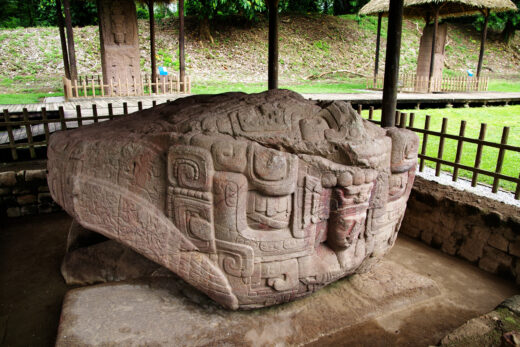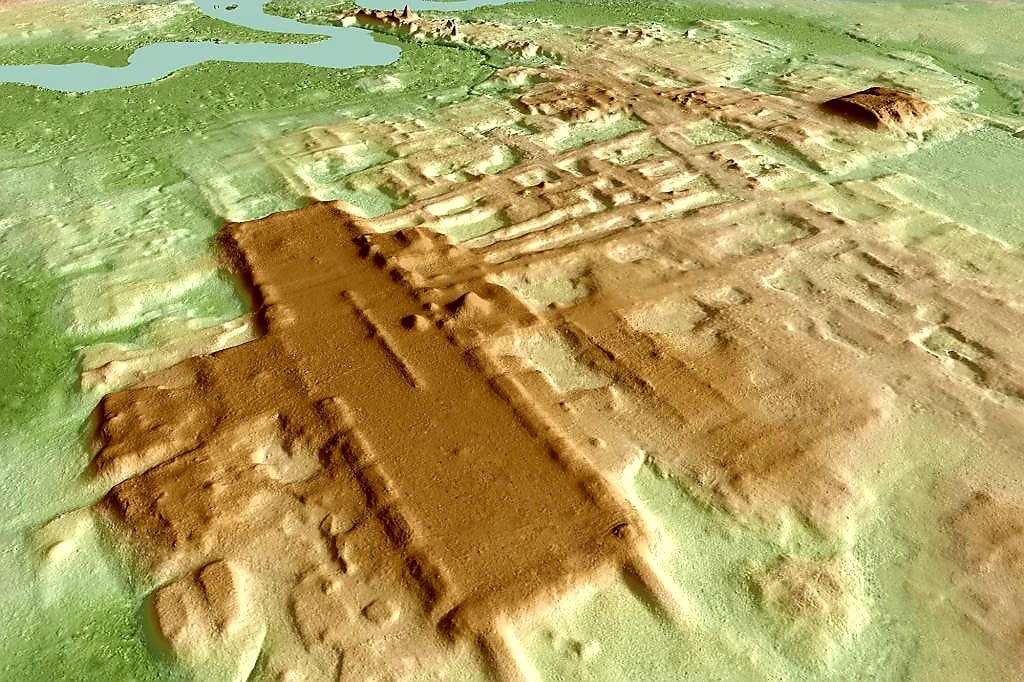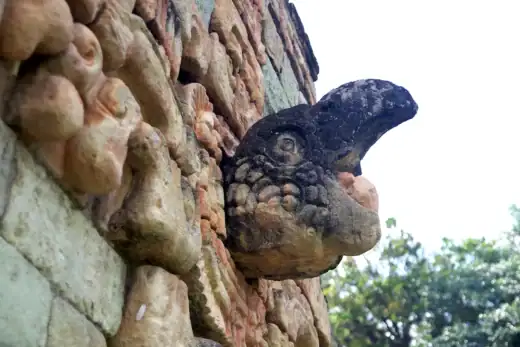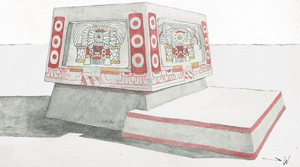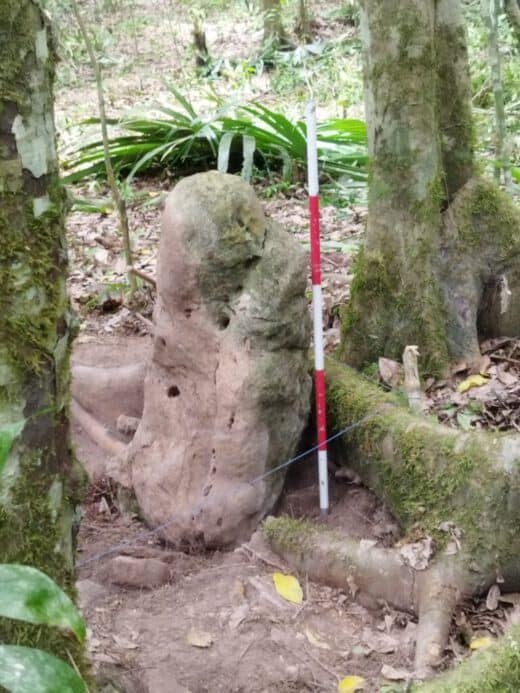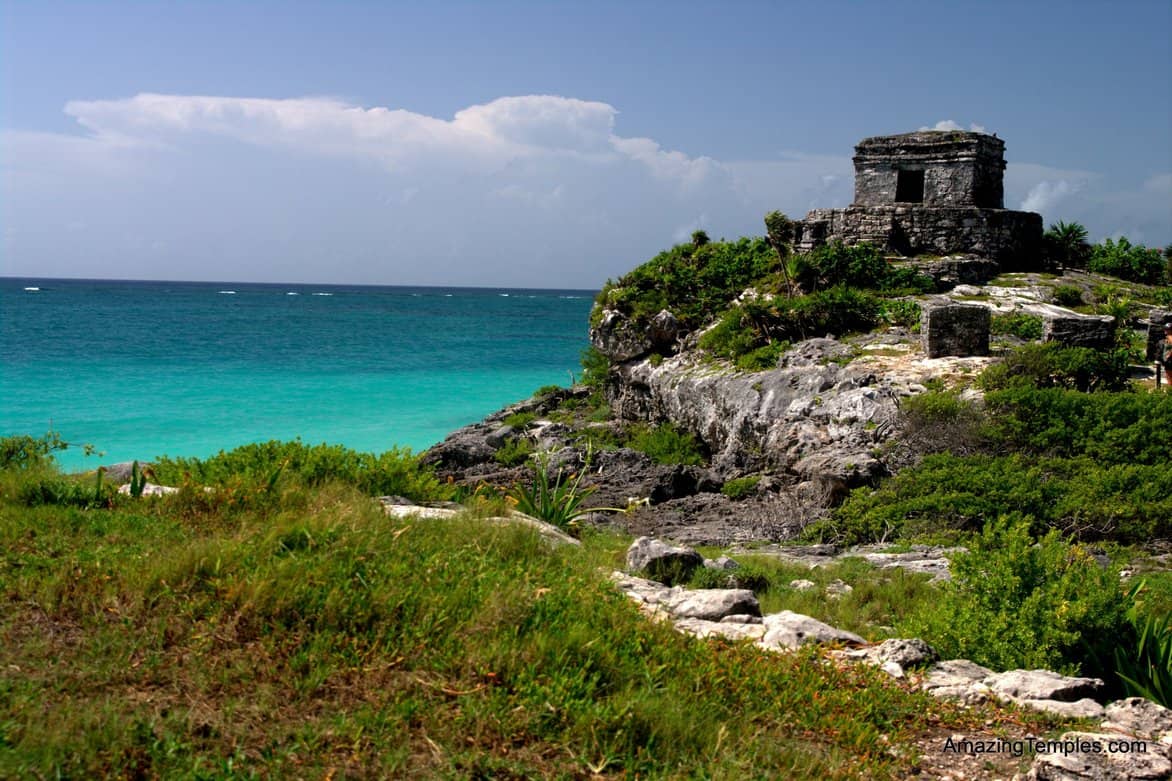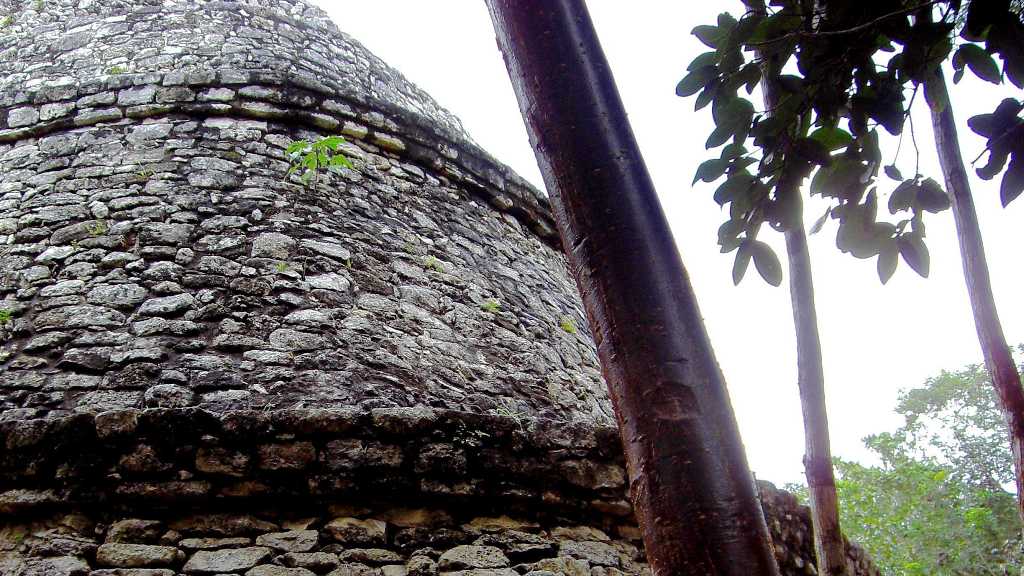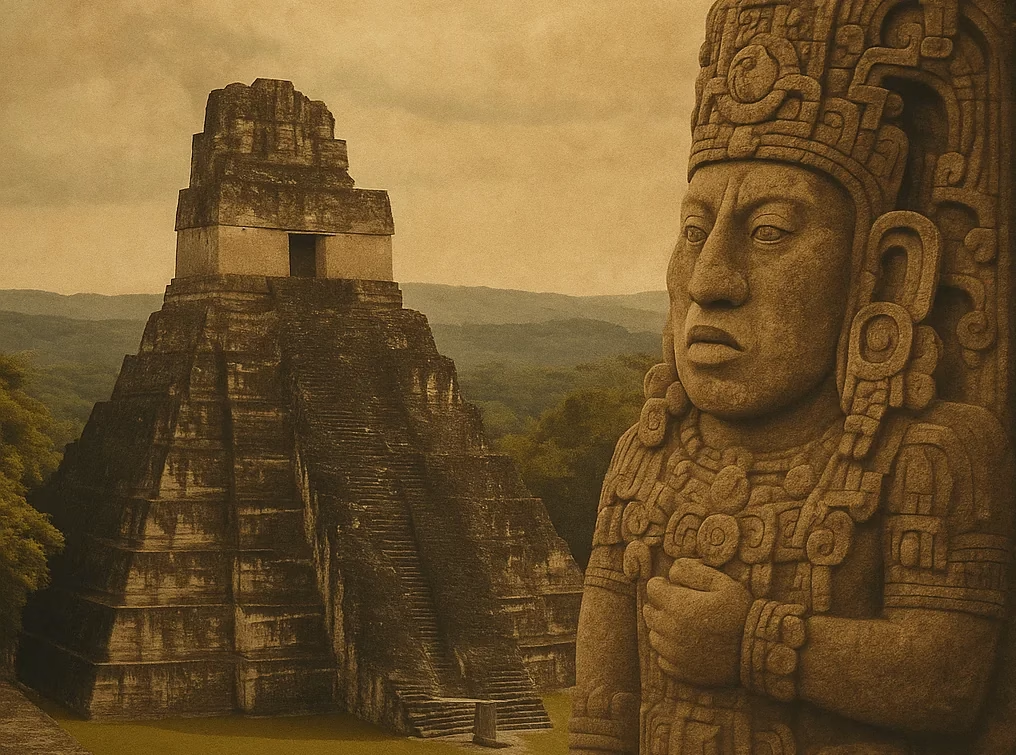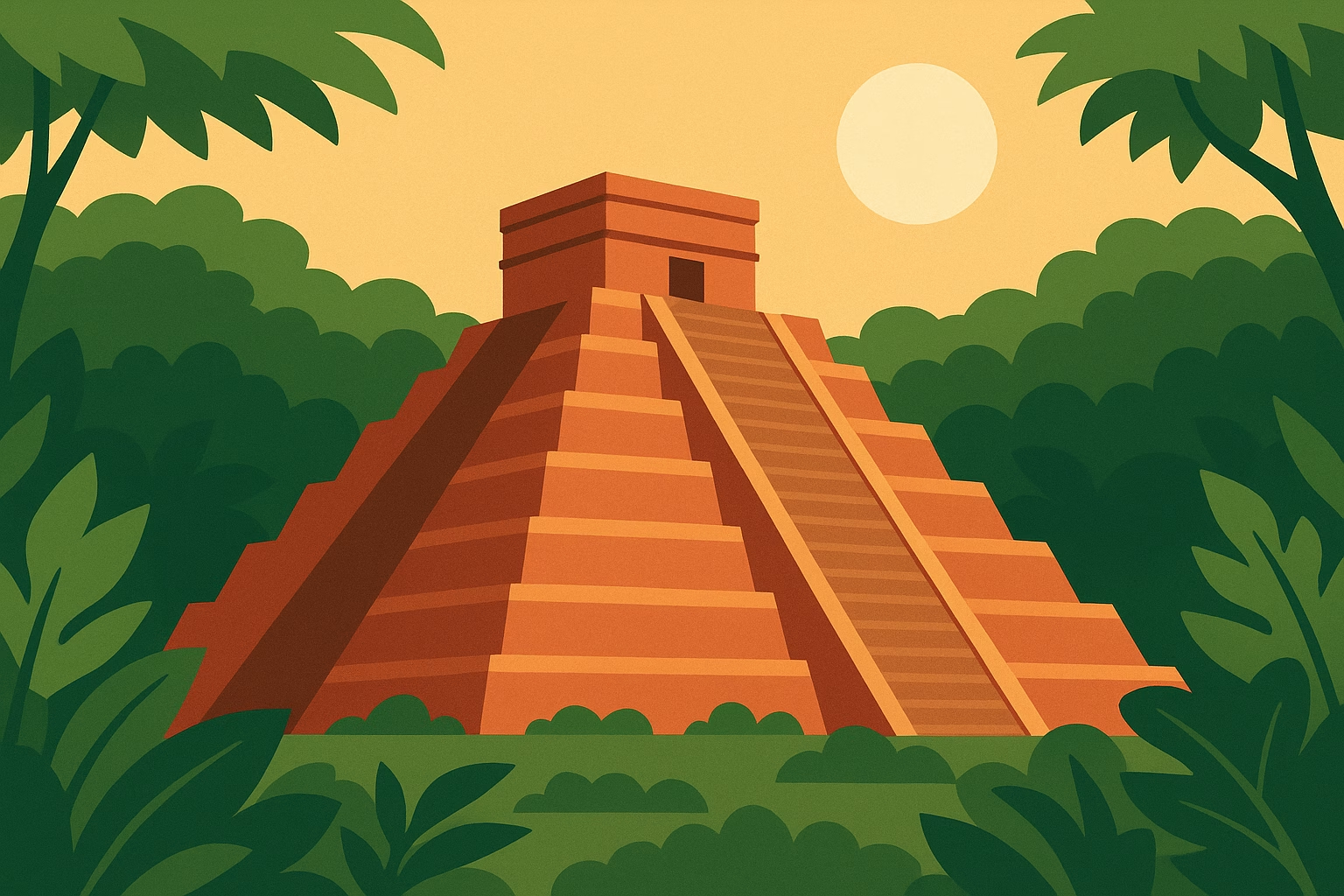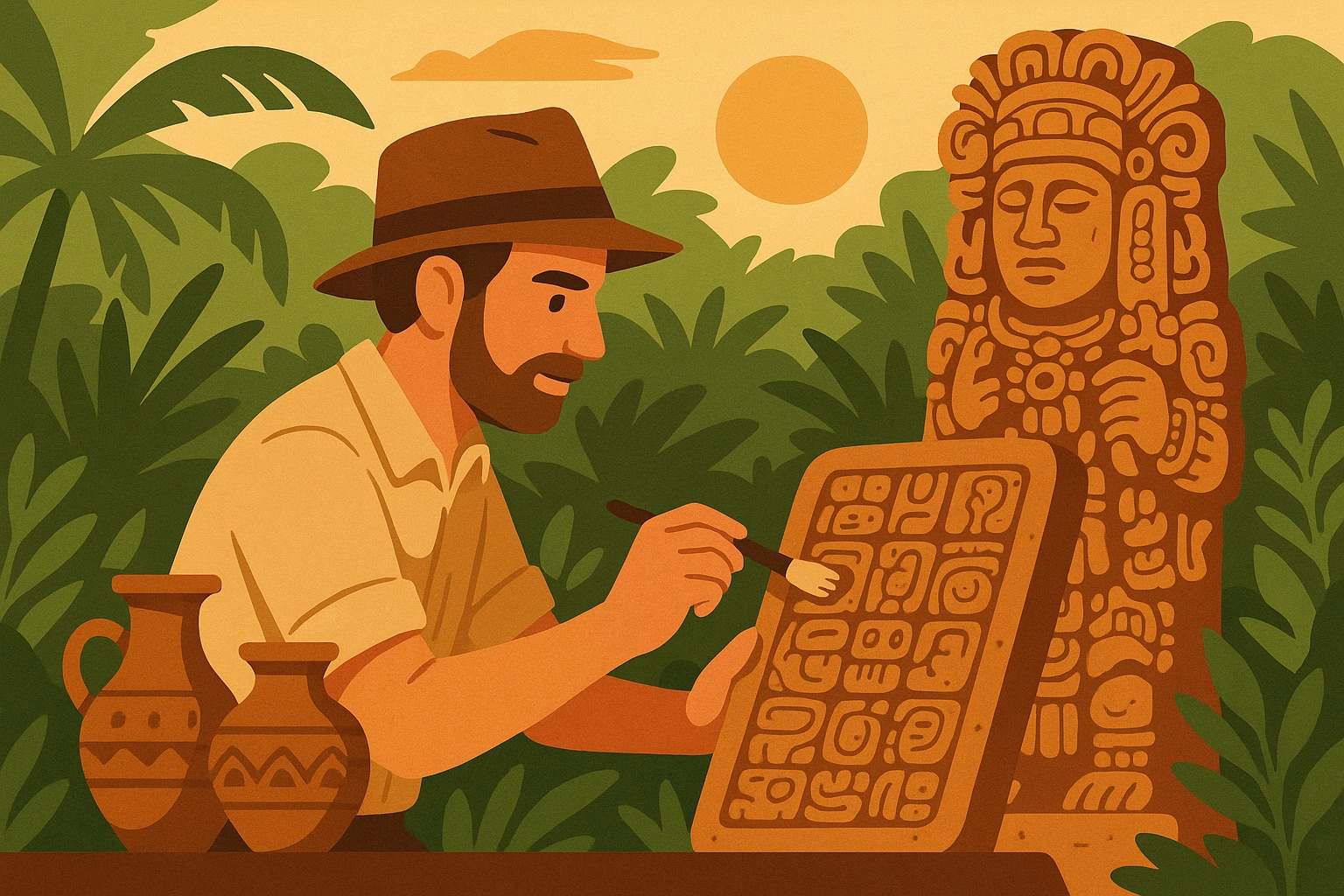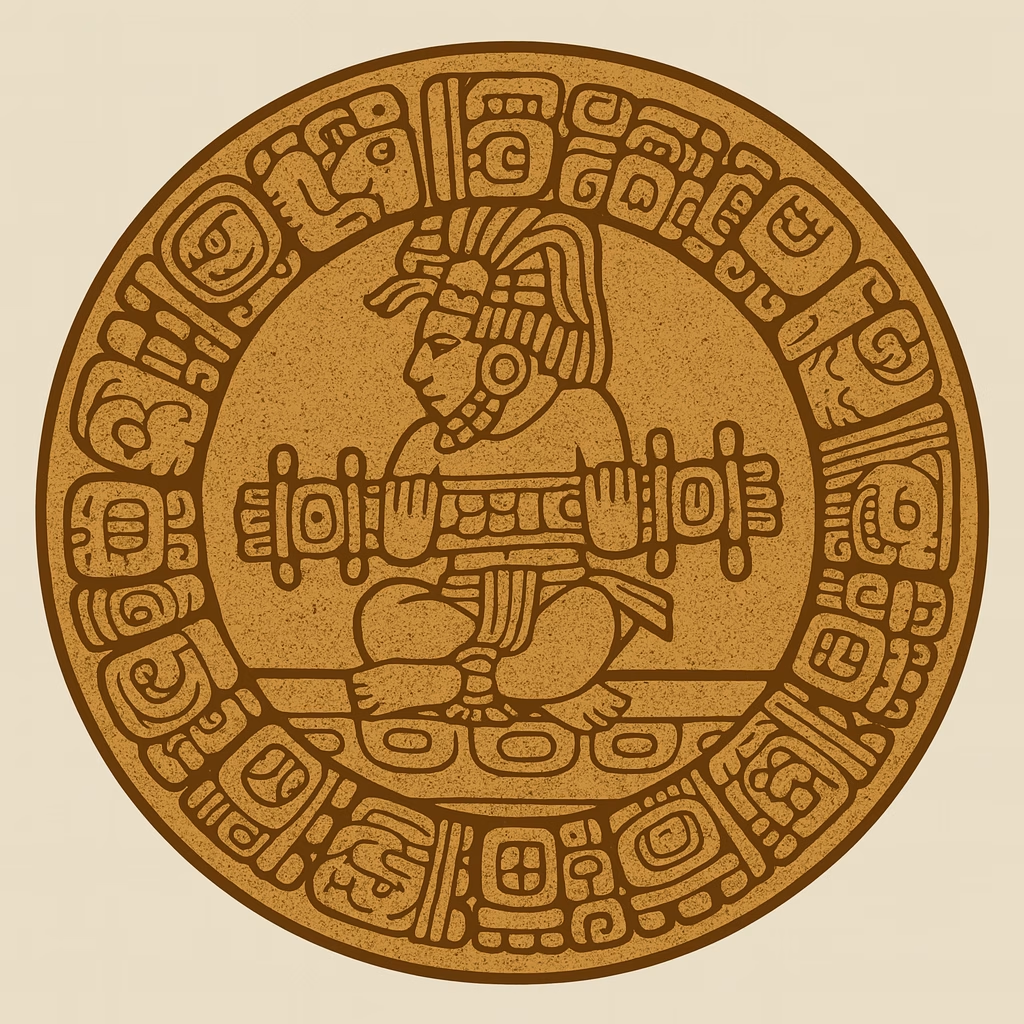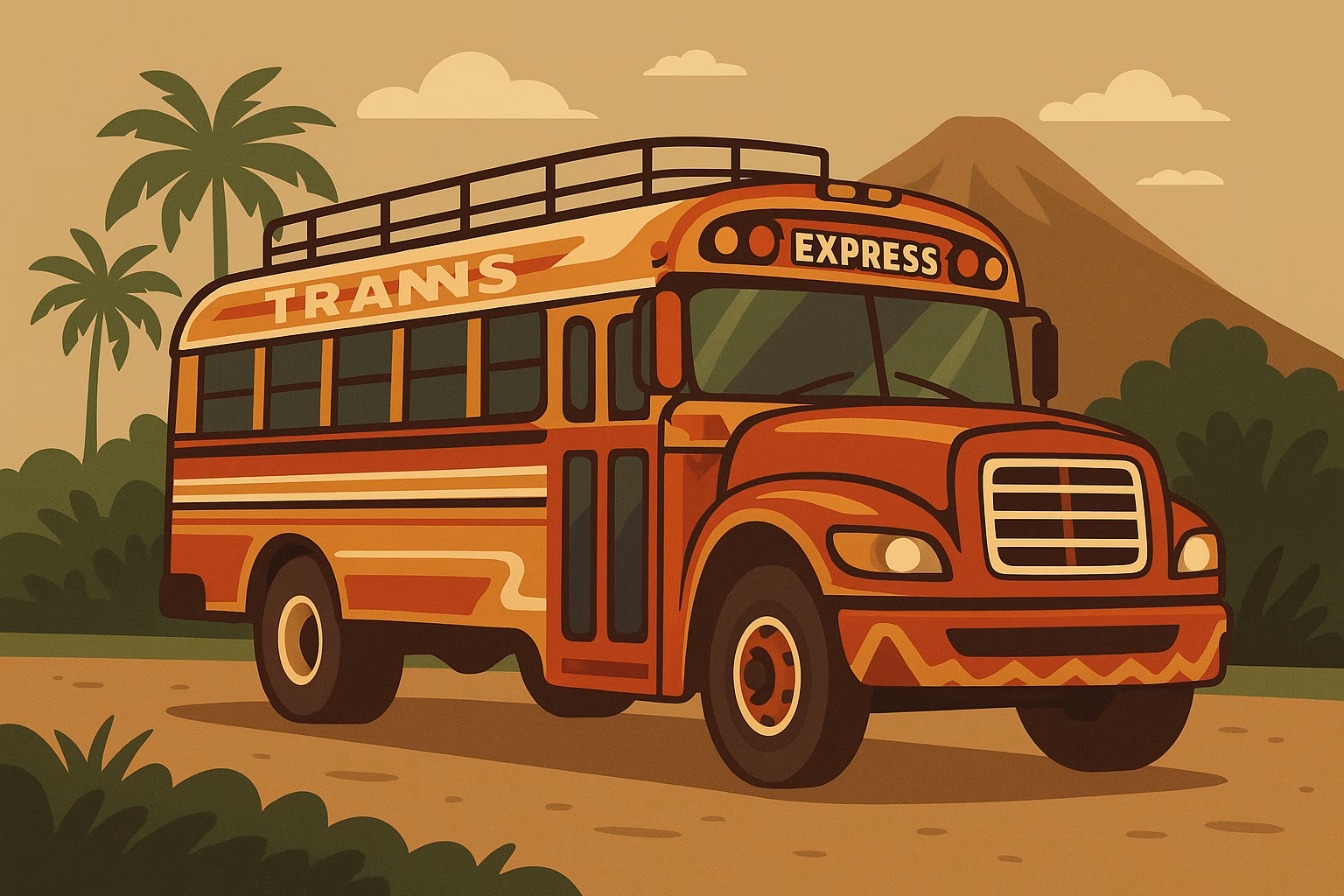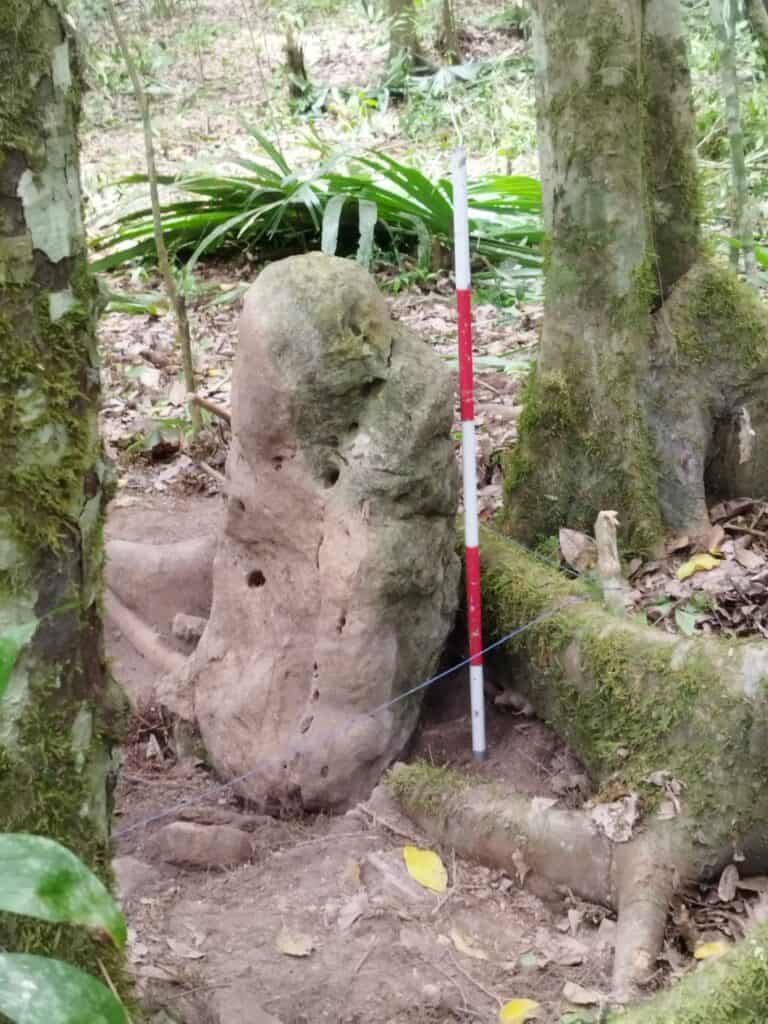Category: Amazing Temples English
This in-depth analysis explores why the Classic Maya civilization collapsed between 750 and 950 CE, from droughts and trade disruptions to warfare and political turmoil. Featuring insights from Tikal, Copán, Uxmal, and Chichén Itzá, it reveals how Maya culture transformed, adapted, and still thrives today.
LiDAR scans of newly mapped Ocomtún alongside classic sites Tikal, Edzná and Palenque reveal hidden reservoirs, canals and zeolite sand filters. These hydraulic networks blended engineering, ritual and power, shaping Maya city planning, agriculture and myth in the tropical lowlands for centuries of sustainable prosperity.
Recent DNA analyses reveal Maya continuity despite the “collapse”: boys sacrificed at Chichén Itzá corroborate the Hero Twins myth; Copán genomes indicate in-migration from Mexico beginning around AD 400. PSMC models show a population peak around AD 730, followed by a dramatic decline. Post-1500 diseases selected for protective HLA variants.
Archaeologists have unearthed the tomb of Caracol’s founding king, Te K’ab Chaak (c. 350 AD), packed with jadeite finery, obsidian blades, and ritual pottery—proof of early Maya-Teotihuacan ties that reshapes Belize’s dynastic timeline and marks Caracol’s most significant find in 40 years.
It was after midnight when doctoral student Luke Auld-Thomas stumbled upon a forgotten 2013 LiDAR scan of southern Campeche. Stripping away the jungle canopy on his laptop, he watched 6,500 ghost-white structures surface across nearly 50 square miles—a metropolis later christened Valeriana, hiding in plain sight beside Highway 261. Follow Auld-Thomas’s “Google-Earth moment” as archival laser data rewrites Maya geography, reveals twin monumental precincts, a dammed reservoir and population estimates of 30–50 thousand—rivaling Calakmul. Paired with the deep-jungle find of Ocomtún, the discovery proves LiDAR can unveil both highway-adjacent megacities and wilderness strongholds. Dive in to see how ancient urban engineering is inspiring today’s climate-resilient design—and why ethical tourism matters more than ever.
Quiriguá – The Small Maya Center with the Largest Stelae in Mesoamerica.
In a historic coup, the city broke away from Copán in AD 738, beheaded its king—and ushered in its own era of monumental art. Today, Quiriguá impresses with unique zoomorphs and digitally documented inscriptions. Perfect for travelers and Maya enthusiasts.
Tiny pulses of light from the sky are rewriting everything we thought we knew about the Maya. Introduction Hidden beneath the dense rain‑forest canopy of Mesoamerica lie countless temples, causeways, terraces, and reservoirs—silent witnesses...
Copán, once a vibrant center of the Classic Maya world, offers visitors a unique journey through 400 years of dynastic history, 2,200 intricately carved glyphs, and groundbreaking modern archaeological research. Discover its dramatic past—from royal rivalries and monumental architecture to high-tech investigations reshaping our understanding of Maya civilization.
A newly uncovered Teotihuacán altar in Tikal’s 6D-XV complex—complete with Pachuca-obsidian blade and child-sacrifice deposit—offers the first intact highland cult site in the Maya Lowlands. Explore its political intrigue, timeline, on-site highlights and practical tips for planning your own jungle visit.
Hidden for 3,000 years beneath Guatemala’s Petén canopy, the newly revealed Los Abuelos Maya city—part of a perfect triangular network with Petnal and Cambrayal—boasts grand-parent statues, a solar-aligned “Group E” observatory and jungle canals. Discover what the find means for Maya history—and how adventurous travellers can explore the region.
